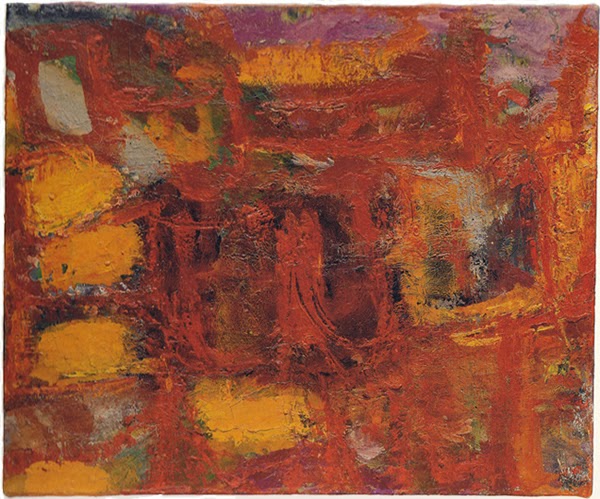Amedeo Modigliani
Amedeo Modigliani was the epitome of a tragic artist. Born to a bourgeois family in Italy, he later shunned his academic upbringing and willingly devolved into a poverty stricken vagabond. He was formally educated as a life painter in his teens, quickly developing a life-long infatuation with nudes. In 1902 he moved to Florence to study at the Academia di Belle Arti, at the “Free School of Nude Studies,” and a year later he moved to Venice as a fledgling artist, where he smoked hashish for the first time. It was only after he discovered narcotics that he developed the philosophical belief that the only path to creativity was through defiance of social norms and disorder in life. Thus began a life long affliction with corrupted beauty, which would ultimately end with his untimely death and the suicide of his grief-stricken wife and their unborn child.
Modigliani contracted tuberculosis at an early age, and was constantly stricken by his deteriorated health, which may be one reason why he so willingly engaged in self-destructive behavior. Living in Paris, he had affairs with women, drank heavily, smoked hashish, and drank absinthe. In a drunken stupor, he would often strip naked at social gatherings. He was against all of the excesses of a Bourgeois lifestyle, and thus stripped them from his life, even destroying paintings that he had made in his earlier years.
Although he purposely created a life in which chaos, poverty, and doom lurked in every corner, he was a prolific artist. He sketched furiously, sometimes drawing over 100 sketches in a day, but many of his works were either lost, given away, or in some cases, destroyed by Modigliani himself. His favorite subject was by far the human form, painting the likenesses of other artists, such as Pablo Picasso, Diego Rivera, Max Jacob, and Juan Gris, who all sat for the artist. His formal works are characterized an elongation of the human form and mask-like faces, and his work is so unlike any other of his time that it still defies classification. During his time, other artists emulated him by engaging in a self-destructive lifestyle, and today, his legacy lives on in nine novels, a play, a documentary, and three feature films.

Modigliani contracted tuberculosis at an early age, and was constantly stricken by his deteriorated health, which may be one reason why he so willingly engaged in self-destructive behavior. Living in Paris, he had affairs with women, drank heavily, smoked hashish, and drank absinthe. In a drunken stupor, he would often strip naked at social gatherings. He was against all of the excesses of a Bourgeois lifestyle, and thus stripped them from his life, even destroying paintings that he had made in his earlier years.
Although he purposely created a life in which chaos, poverty, and doom lurked in every corner, he was a prolific artist. He sketched furiously, sometimes drawing over 100 sketches in a day, but many of his works were either lost, given away, or in some cases, destroyed by Modigliani himself. His favorite subject was by far the human form, painting the likenesses of other artists, such as Pablo Picasso, Diego Rivera, Max Jacob, and Juan Gris, who all sat for the artist. His formal works are characterized an elongation of the human form and mask-like faces, and his work is so unlike any other of his time that it still defies classification. During his time, other artists emulated him by engaging in a self-destructive lifestyle, and today, his legacy lives on in nine novels, a play, a documentary, and three feature films.
Jacques Lipchitz e sua moglie Bertha è un dipinto a olio su tela realizzato nel 1916 dal pittore italiano Amedeo Modigliani. È conservato nell'Art Institute di Chicago.
- 81 cm x 54 cm
- Data creazione: 1917









.jpg)







Commenti